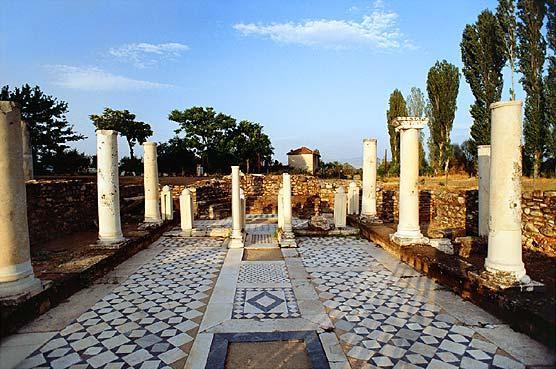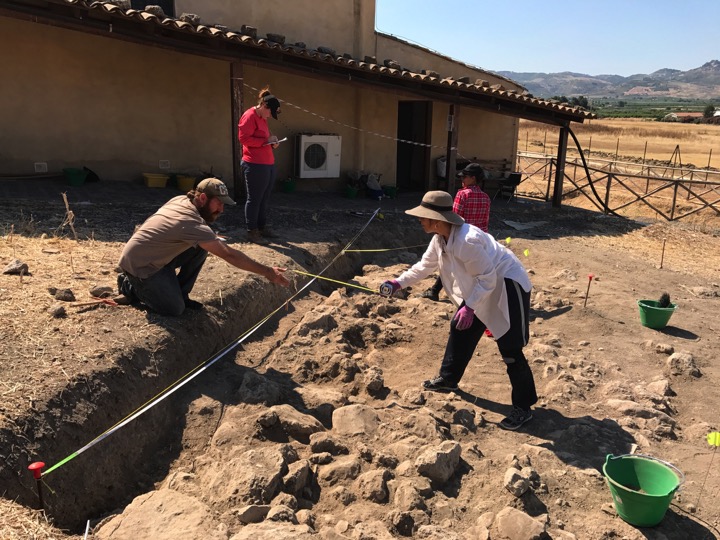Thucydides writes:
Afterwards, this is what the extent of the Macedonian state was when Alexander came to the throne. Several places now located in the Republic of Macedonia are situated within its boundaries.

Assembling in Doberus, they prepared for descending from the heights upon Lower Macedonia, where the dominions of Perdiccas lay; for the Lyncestae, Elimiots, and other tribes more inland, though Macedonians by blood and allies and, dependents of their kindred, still have their own separate governments. The country on the sea coast, now called Macedonia, was first acquired by Alexander, the father of Perdiccas, and his ancestors, originally Temenids from Argos. This was effected by the expulsion from Pieria of the Pierians, who afterwards inhabited Phagres and other places under Mount Pangaeus, beyond the Strymon (indeed the country between Pangaeus and the sea is still called the Pierian gulf) of the Bottiaeans, at present neighbors of the Chalcidians, from Bottia, and by the acquisition in Paeonia of a narrow strip along the river Axius extending to Pella and the sea; the district of Mygdonia, between the Axius and the Strymon, being also added by the expulsion of the Edonians. From Eordia also were driven the Eordians, most of whom perished, though a few of them still live round Physca, and the Almopians from Almopia. These Macedonians also conquered places belonging to the other tribes, which are still theirs--Anthemus, Crestonia, Bisaltia, and much of Macedonia proper. The whole is now called Macedonia, and at the time of the invasion of Sitalces, Perdiccas, Alexander's son, was the reigning king.
Afterwards, this is what the extent of the Macedonian state was when Alexander came to the throne. Several places now located in the Republic of Macedonia are situated within its boundaries.





Comment